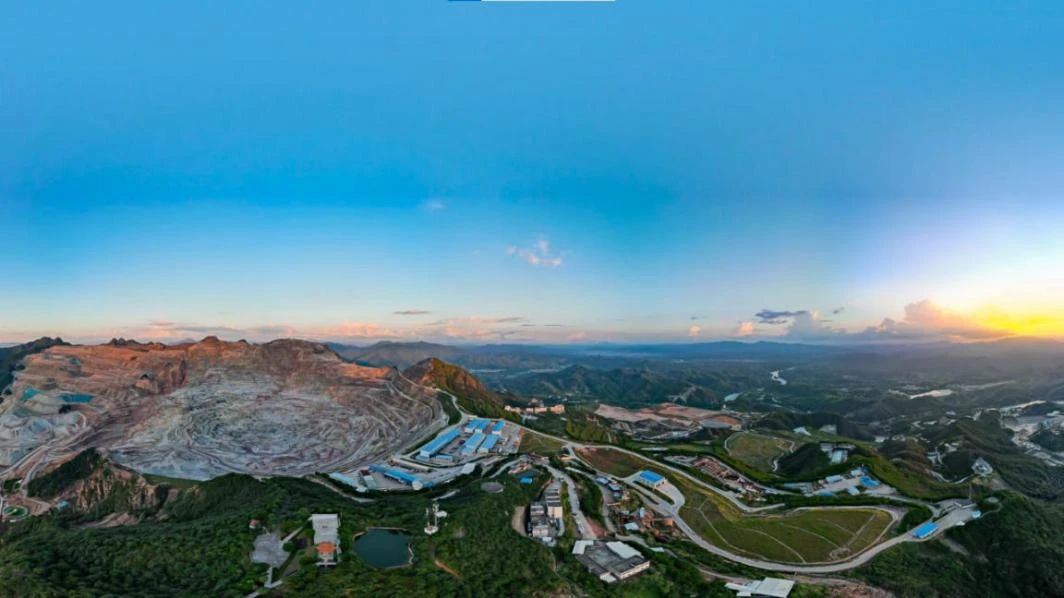
Mar 25, 2022
This in itself is an achievement of the exchange. It will not be easy to restart the London nickel market after it collapsed on March 8 and was suspended for a week.
Since trading resumed on March 16, we have had four limit down days and two limit up days, interrupted briefly by a day of almost normal trading on March 22. Official prices and closing prices have been declared "interruption events" six times.
The LME is new to price restraint and is learning all the time. It has had to gradually widen the nickel price range from 5 per cent to 15 per cent and on Thursday banned orders outside the limits to stop traders gaming the system.
It seems to be working. On Friday morning, nickel was trading in a wide range of $34,500 to $40,700, but held at a low of $31,650 a tonne and a high of $42,820.
It remains to be seen whether this orderly behavior will continue throughout the day.
Until the root causes of the collapse are addressed, the nickel market will remain irregular.
I'm out of here!
The nickel crisis was triggered by the size of short positions - many of them in the shadow of over-the-counter trading - taken by Qingshan, the Chinese steel and nickel giant.
Aoyama has a standstill agreement with a group of banks on these positions, which means they will not be liquidated or margin while the standby liquidity facility is negotiated.
They may roll forward to allow for phased reduction, but while they exist, they have destructive potential.
Aoyama is not alone in shorting the LME. Hedging short positions is a common price offset strategy among producers, if they are ferronickel or nickel sulfate producers, they are in the same boat as the Chinese companies and cannot deliver their products under the LME's high-spec nickel contracts.
The LME futures segment report shows four significant short positions between the third and Wednesday tips days of April, with one large position representing 30-40% of open positions. There are also four dates in May and June.
With LME nickel trading below $25,000 a tonne at the start of this month, it is likely that those holding short positions will also feel the margin pain and want to reduce or exit as soon as possible.
On the other side of the ledger are the dominant long positions, controlling 40-50 per cent of available LME stocks.
Position patterns suggest that the bull - bear conflict that caused the market crash is suspended but not resolved.
LME inventories are still falling
Nor have the underlying dynamics that drove prices so high before the pause changed much.
LME warehouse inventories continued to fall. To be sure, the cancelled metal on LME warrants has been massively reshuffled, with open tonnage at 55,488 tonnes, compared with a low of 36,522 tonnes in early March. But so far this month, the overall figure fell another 6,600 tonnes to 72,924 tonnes, the lowest level since December 2019.
Demand from the electric vehicle battery industry for high-grade class I nickel in LME warehouses continues unabated.
在俄罗斯供应在安装的问题e wake of the "invasion" of Ukraine.
Norilsk nickel, which accounts for about 17 per cent of the world's supply of class I metals, has not been sanctioned.
But, stuck in the northern Arctic, the company's main route is To Europe. The Netherlands is the largest destination for Russian nickel exports, accounting for 60-70% of all shipments in 2019-20. Interestingly, most of the balance was exported to Switzerland, according to ITC trade data.
Self-imposed sanctions by banks, trading companies and logistics companies could create a lot of friction in the previously smooth flow of physical metal.
This is particularly problematic for the LME because only The Class I nickel produced by Norilsk is delivered under its contract.
Short sellers wishing to take physical delivery of LME positions may struggle to access pools of Russian metal liquidity stored in Rotterdam.
Liquidity crunch
The deal for its early German discoverer, nicknamed Devil's metal, will remain tricky given continuing supply uncertainty caused by what Russia calls its "special military operations".
最重要的短期市场将ris主题k reduction, with eye-popping profit margins likely to deter all but the strongest commitments.
However, if liquidity is squeezed out of the market, this may do nothing to mitigate price volatility.
Notably, the Shanghai Futures Exchange nickel contract was traded long enough for a rush of wholesalers to export. Open interest has plunged from 265,736 contracts in early March to 118,287 today.
Volatility, if anything, has only increased, with the most active contracts hitting the 20 per cent ceiling on Friday morning.
Registered stocks in Shanghai remain low at 7,415 tonnes and the forward curve remains heavily backwardated.
The squeeze on Group I metals in China predates the run on LME stocks this year and shows no sign of ending soon.
Low inventories and falling liquidity could be a harbinger of what the LME market will look like in a few months.
Until then, however, the problem of aoyama's big short remains to be solved.
The LME's nickel problems may be far from over.
Previous:British Columbia's Mount Polley Copper Will Restart This Spring
Next:LG New Energy And Stellantis Will Build A Battery Plant in Ontario, Canada